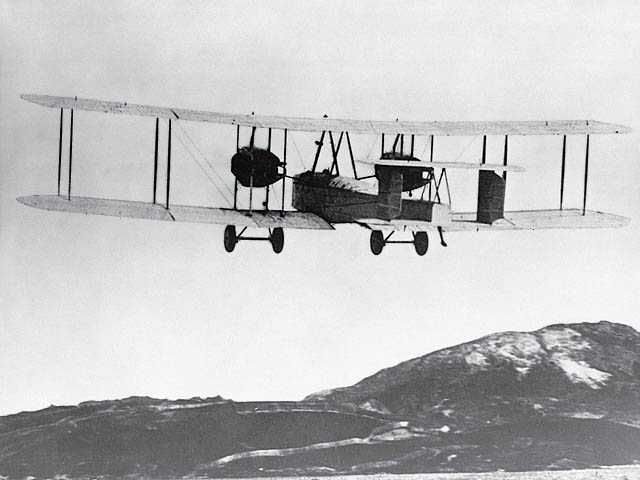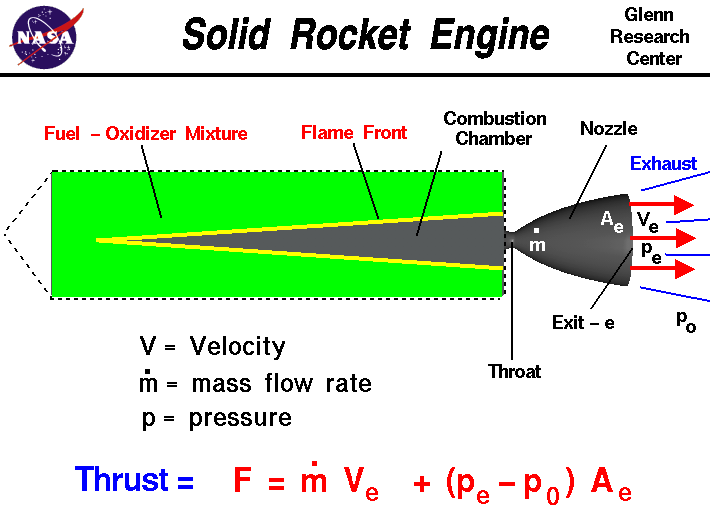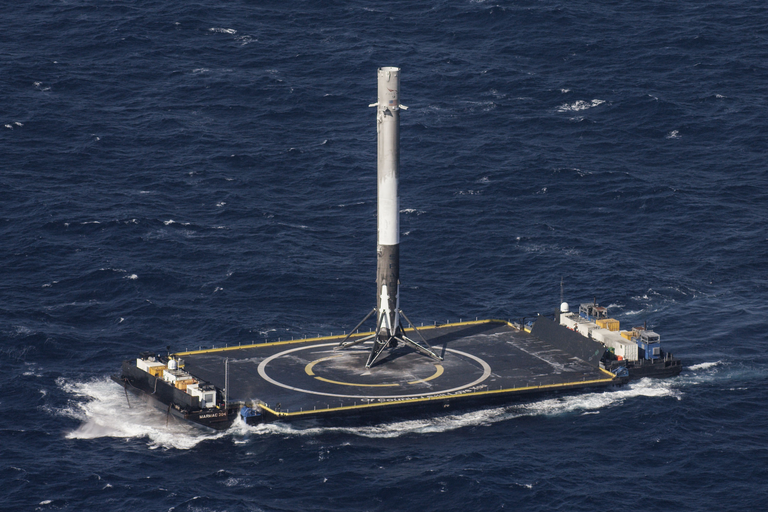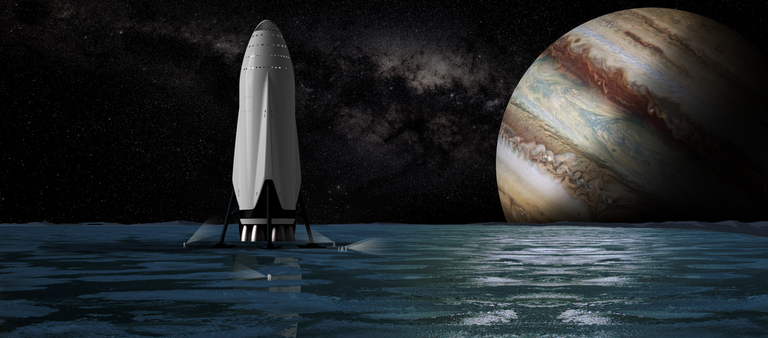First Nonstop Flight Across the Atlantic was less 16 Hours
Before 1919, there were several attempts to fly nonstop across the Atlantic that were never successful.
John Alcock and Authur Brown were the two British aviators to fly nonstop across the Atlantic on June 15, 1919. By the standard at that time, it was a great feat, and they won laurels including a price tag of 10,000 Pounds Sterling (Over $1,000,000 in today's money) set by a British Daily Mail Newspaper.
Today, flying across the Atlantic might not be as difficult as it was in 1919 but flying across the Atlantic in less than 30 minutes might seem like the journey back in 1919. Vickers Vimy aircraft was at the centre of this journey on June 15, 1919.

Let's look at how we can travel anywhere on Earth in less than 1 hour and transAtlantic (New York to London) in 29 Minutes.
Rocket

Since October 4, 1957, when Sputnik 1 (First satellite) was launched into low Earth Orbit by the Soviet Union. Rocket has taken centre stage in space exploration. A lot of people see rocket as a tall object that flies into space while this is true, A rocket can be described as a type of engine or a vehicle that uses rocket engine.
Rockets work with Newton's third law of motion. Newton's third law says that for every action, there is an equal and opposite reaction. That is, if an object A exerts a force Fa on another object B, then B exerts a force Fb on A. The two forces (Fa and Fb) are equal in magnitude and opposite in direction.
Fa = -Fb
Where; Fa is the force on the body A
Fbis the force on the body B
The force body A exerts on body B is called the Action while the force that body B exerts on body A is the Reaction. The principle of Newton's laws governs rockets and space travel.
Rocket Engine
Rocket Engines works by burning fuel, most engines convert the fuel into gas and then push gas downwards to create thrust. The gas makes the rocket to move forward using Newton's third law. The rocket's propulsion system generates thrust, and it is the force that moves rockets in air and space. Thrust is a Vector quantity, so it has magnitude and direction. There are two types of rocket engines:
- Solid fuel
- Liquid fuel
Liquid Fuel
The fuel and the oxidiser are stored separately and then, are pumped into the combustion chamber of the nozzle where burning takes place.
The amount of thrust produced is dependent on the mass flow rate through the engine, exit velocity at the exhaust, and the pressure at the nozzle exit. All of these depend on the nozzle design. The nozzle's smallest cross-sectional area is called the throat.

From figure A, the thrust Force equation is;
F = m * Ve + (Pe - P0)*Ae
A liquid rocket engine is used in space shuttles, missiles and launching satellites.
Solid fuel
In a Solid fuel, the propellants are stored in one cylinder and do not burn under normal temperature but will burn when exposed to heat such as the igniter. The thrust equation above is for both liquid and solid rocket engines.

A solid rocket engine is used for missiles such as surface to surface, ground to surface and rocket boosters.
A rocket engine is entirely different from a jet engine. A rocket engine carries everything it needs to work and does not require air while jet engine requires air.
In a rocket engine, fuel and Oxygen (the Oxidizer) mixed and exploded in the combustion chamber. The explosion produces hot exhaust that is passed through the nozzle to accelerate the flow and create thrust.
A rocket has four major parts:
- Structural system: this is similar to the fuselage of an aeroplane. It is made of a strong, lightweight material like titanium or aluminium. The structure of a rocket is coated for thermal protection to reduce the heat of air friction. A fin is attached to the bottom for rocket stability during flight.
- Payload System: The payload system depends on the rocket's mission. This can range from explosives, nuclear, satellites and humans.
- Guidance System: Rocket's guidance system may include onboard computers, sensors radar and communication equipment to guide the rocket in flight to avoid spinning off the intended path.
- Propulsion System: The propulsion takes more space in a rocket. It is classified into two; Liquid rocket engine and Solid rocket engine.
Reusable Rockets

Let's us pause and think a bit, imagine that you can buy a car and use it only once, would that not make the cost of vehicles very expensive, and many of us would not be able to afford cars. Also, think of commercial aeroplanes that are our fastest means of travelling transatlantic, Just imagine that the aeroplanes are not reusable. Then, the cost of flying would be astronomically high. Our inability to reuse rockets has made space exploration an expensive venture for a long time but, I can see the end of it is in sight.
If one can figure out how to effectively reuse rockets just like aeroplanes, the cost of access to space will be reduced by as much as a factor of a hundred. A fully reusable vehicle has never been done before. That really is the fundamental breakthrough needed to revolutionise access to space.
Elon Musk
A reusable rocket or a reusable launch system is a rocket in which part or all of it is recoverable and can be reused. For space exploration to be cheap, a rapidly reusable rocket is needed for that breakthrough, Just think the way aeroplanes are quickly reusable as at today.
SpaceX, a privately owned company, is in the front seat to develop a rapidly reusable launch vehicle. Since December 2015, SpaceX has successfully landed the first stage of its rockets and had the first re-flight of a landed the first stage in March 2017. To make access to space cheaper, 100% rocket recoverability and rapid reuse are required. The only missing link is the recoverability of the second stage and its reusability since we have seen the first stage recovered and reused.
Big Falcon Rocket (code name).

On September 2017 at International Aeronautical Congress, SpaceX CEO announced their next generation of launch vehicle system (rocket) which is a rapidly reusable rocket that would replace all the existing launch vehicles and also support various types of mission such as Earth-Orbit, Lunar-Orbit, Interplanetary mission and Intercontinental Passenger flight (Earth-Earth). This would have significant cost savings and provide cheaper access to space exploration.
BFR will use a new generation of a liquid rocket engine called Raptor that will be powered by densified methane and liquid oxygen, producing thrust force of over 1700KN. The idea to use a methane-based engine is to support mission to Mars since there is the presence of water and carbon dioxide in Mars. Methane can easily be produced on Mars using Sabatier process. This process involves the reaction of hydrogen and carbon dioxide at high temperature (300-400 Celsius) in the presence of nickel catalyst. That is:
CO2 + 4H2 -> CH4 + 2H2O ∆H = −165.0 kJ/mol
BFR will be a 9-diameter rocket, and 106-meter long, i.e. the booster (first stage) will have a length of 58m while the ship length is 48m with accent payload of 150t, the ship propellant mass is 1,100t. The ship will also have delta wing. The BFR Raptor engine will have the following Specifications;
Pressure 250 bar
Throttle 20% to 100%
2 Sea-Level Engines
Exit diameter 1.3m
Thrust sea-level(SL) = 1700kn
Specific impulse Isp (SL) 330 s
Specific impulse Isp(Vac) 356 s
- Specific Impulse (Isp) is the how effective a rocket uses its propellant, or a jet uses its fuel engine.
4 Vaccum Engine
Exit Diameter = 2.4 m
Thrust = 1900 N
specific Impulse = 375 s
BFR will be able to refill while specific missions.
BFR Capability
- BFR Payload capacity of 150t is the largest when compared to any
existing rocket while being 100% reusable - Cost Per Launch: Due to 100% reusability, the ship provides lowest marginal cost per launch even with the most substantial payload
- Refilling capability while on some missions, e.g. Mars Mission
- Earth to Earth Transportation: BFR ship will be to undertake Earth to Earth transport without a refill of the propellant.
SpaceX says that people will be able to board the ship from designated launch sites and travel to any destination around the world within an hour. Once the leaves the Earth, there will be no turbulence, friction or weather conditions affecting it, and the BFR will be travelling at high speed compared to aeroplanes. Table A shows the time it takes a commercial airline to fly major cities, and the time it will take BFR.
Time Comparisons to Major Cities
| Route | Distance | Time VIA BFR | Commercial Airline |
|---|---|---|---|
| Los Angeles to New York | 3,983km | 25 min | 5 hours, 25 min |
| Bangkok to Dubai | 4,909km | 27 min | 6 hours, 25 min |
| Tokyo to Singapore | 5,350km | 28 min | 7 hours, 10 min |
| London to New York | 5,555km | 29 min | 7 hours, 55 min |
| New York to Paris | 5,849km | 30 min | 7 hours, 20 min |
| Sydney to Singapore | 6,288km | 31 min | 8 hours, 20 min |
| Los Angeles to London | 8,781km | 32 min | 10 hours, 30 min |
| London to Hong Kong | 9,648km | 34 min | 11 hours, 50 min |
- Satellite Launch: The ship will be to launch satellites, Mission to Mars, dock at the International Space Station, and Moon Missions.
Technologies
SpaceX has perfected some of the technologies, (e.g. landing of the first stage and its reusability) needed to build a multipurpose Space Ship. The testing of Raptor Engine has begun, and the next phase of the trial of the ship starts early next. The First cargo mission to Mars has been scheduled for 2022 and crew and cargo for 2024.
We might be looking at a repeat of June 15, 1919, in the nearest future when John Alcock and Authur Brown crossed the Atlantic with Vickers Vimy aircraft if we can travel to any destination on Earth in less than one hour.
Thank you.
Nice article on rockets, not quite what I expected when reading the title of the post though. Are you advocating inter-continental travels by rockets?
Even intercontinental flights by jet planes is considered unsustainable by many - and rockets are very much more wasteful, even if the rocket body can be reused. From an energy-conserving point of view, using jet-engines or scramjets where possible should be very much more preferable than carrying around oxygen.
Thank you for taking your time to read my post. I do appreciate.
Yes, I do. I agree that any new technology comes with its challenges, and also understand your concerns on how wasteful rocket engine is concerning energy. But, you will agree that Intercontinental travel by rocket would create a niche market considering the time factor as shown on the post. Concorde once had that niche market for transatlantic (London - JFK) and had challenges doing intercontinental which I believe was one the most significant limitation
This is a test comment, notify @kryzsec on discord if there are any errors please.
Being A SteemStem Member
That's an interesting way to move around. While it may sound risky now, but it might end up just like aeroplanes, which turned out to be safer than traveling by roads. Can we have one that travels within the country too?
Perhaps one can live in Lagos and work in Port Harcourt, just a three minutes ride.
Great work.
Thanks for reading.
Yes, of course. Commercial airlines fly for more than 6 hours within some countries.
Nice writeup
Very nice write up.